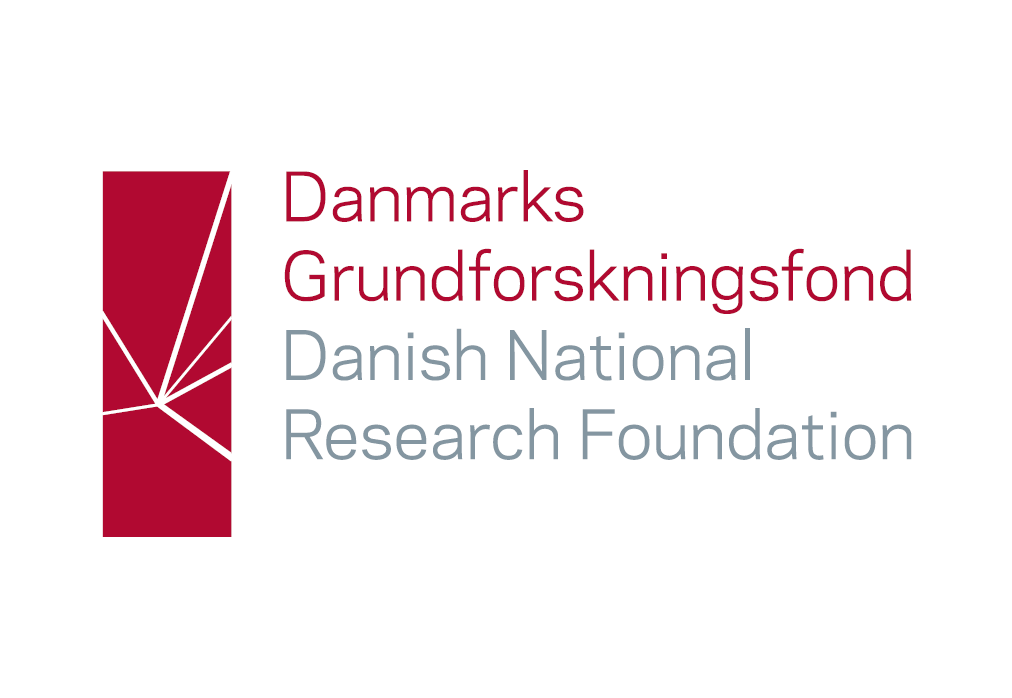
Order, disorder, flexibility, function.
We are a materials chemistry group with a healthy disregard for traditional subject boundaries. Our particular interest is in understanding and exploiting structural flexibility and disorder in functional materials.
Fundamentals of disorder
The world of correlated disorder is far more thrilling than a simple ‘spectrum’ between order and randomness. We try to understand the many strange and unexpected disordered states that occur in nature, how they are connected to one another, and under what conditions they are stabilised. Occasionally we discover new states that had never previously been imagined.
Advanced characterisation
We specialise in the use of advanced scattering techniques to characterise disordered states: total scattering; single-crystal diffuse scattering; PDF; 3D-ΔPDF. We use X-rays, neutrons, and electrons. We use polarised neutrons for disordered magnets. We develop algorithms for data analysis and then write the code that implements them.
Disorder by design
How does one make a material with a specific type of correlated disorder? We are trying to work out the rules to do just that. Our group specialises in the synthesis of disordered framework materials, including metal–organic frameworks, coordination polymers and hybrid perovskites. We also collaborate with leading solid-state synthesis groups to design ceramics that harbour various types of unconventional magnetic and electronic disorder.
Disorder/property relationships
Our long-term goal is to establish robust links between the disorder present in a material and its functional properties. New materials for energy storage, improved thermoelectrics for recovery of waste heat, magnetocalorics for efficient cooling, smart materials for adaptive sensing, error-correcting data storage platforms… We are working on many opportunities.






